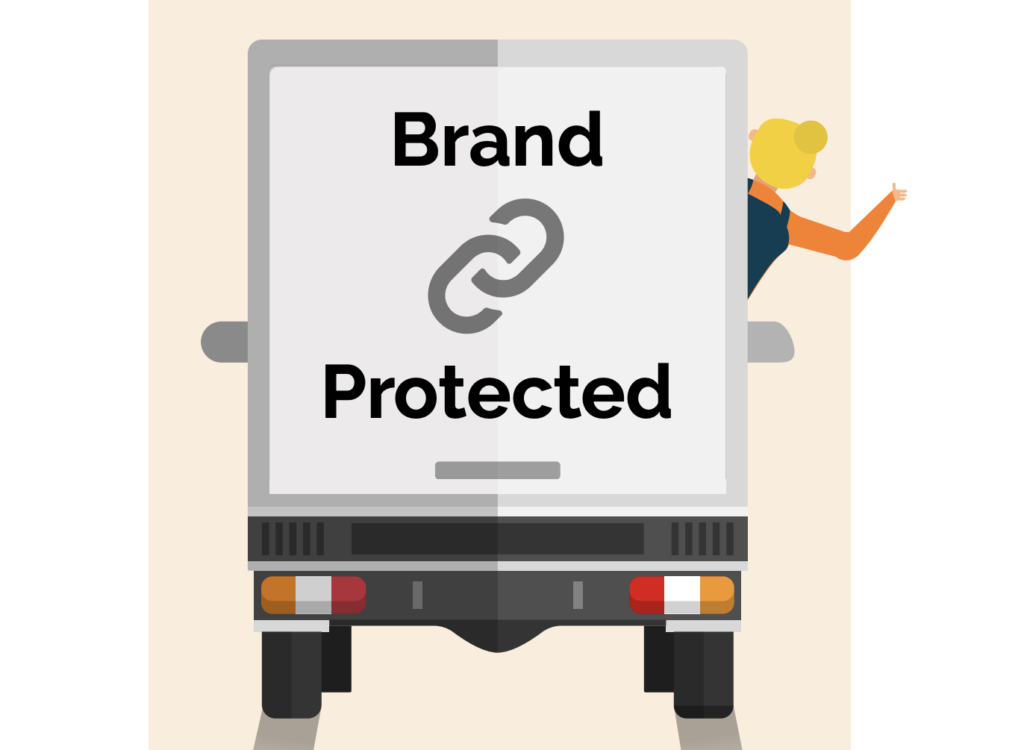Whereas DMARC is a vital measure for email security, it’s important businesses realize the marketing benefits of the email authentication protocol too. It can increase your deliverability, open rates, improve your inbox placement, and benefit the ROI of your email marketing overall.
What is DMARC?
DMARC stands for Domain-Based Message Authentication, Reporting, and Conformance. It’s an email authentication protocol that stops bad actors from spoofing your domain to send phishing emails, and means recipients can be more trusting of your emails.
DMARC improves email deliverability because it enables you to specify the sources that are allowed to send from your domain. Your DMARC policy tells recipient servers what to do with the emails it receives, and a strong DMARC policy of p=reject tells recipient servers to block any emails that don’t come from an authorized sending source. So, when DMARC is set up correctly at a policy of p=reject, the deliverability of your authorized emails will increase, because you’re actively telling recipients that emails coming from your domain are authentic.
You can find out more about how DMARC works here.
Why is DMARC important for email marketing?
Email marketing is a great way to engage with your existing customers and acquire new ones. But unfortunately, much of the email marketer’s efforts often end up in junk or spam.
In the past, you might have been told to remove sales and marketing lingo (words like ‘free’ or ‘limited time offer’) from your subject lines, or even add emojis in an attempt to encourage clicks. This is all good advice but ultimately if you want to end up in your receiver’s inbox you need to do more, and make sure the infrastructure is there to support deliverability. This is where DMARC comes in.
1. DMARC helps you stay out of the junk folder
Every email marketer knows the importance of open rates. But these can be seriously damaged if your emails end up in the wrong place. For example, if your emails are going to customers’ junk folders – or not arriving at all – then the chance of them being opened is pretty slim. It’s also frustrating, as, after all those hours spent crafting a perfect message, your hard work isn’t even being seen.
The solution to getting out of the junk folder and into your customer’s inbox is to get SPF, DKIM, and DMARC properly configured for your domain. DMARC closes the reporting loop and using a tool like OnDMARC gives you clear insight into all your sending sources, your current SPF and DKIM setup, and step-by-step instructions to get you to p=reject fast.
Once you have DMARC set up correctly, you’re actively telling every receiving email server that the emails you’re sending are authorized and not junk. Once you fully implement DMARC and clean up your email sending clutter, you will see that your open rates will automatically increase as more people are actually receiving your emails, and interacting with your offering.

2. DMARC increases customer confidence
Domains that don’t have DMARC at a policy of p=reject are vulnerable to phishing attacks and Business Email Compromise (BEC), and these occur far more often than you might think. If a company’s domain is misused in an attack targeting its customers, the results can be disastrous.
Customer trust is increasingly important in this day and age. 81% of customers need to be able to trust the brand they buy from, and 54% say it’s harder than ever for companies to earn their trust. However, if a company has DMARC protection in place, then its customers are not at risk of phishing attacks from them, meaning its brand reputation is safeguarded too.
3. DMARC gets you better engagement
An increase in customer confidence will also result in better engagement. We live in a world where cyber threats occur on a regular basis. So, a company that can convey a sense of security to their customers will always be rewarded with more user confidence, which in turn means a lower friction funnel and more unguided engagement.
4. DMARC protects your brand
DMARC gives you control over your domain, allowing you to see who is using it and stop bad actors from hijacking it for phishing attempts. The OnDMARC reporting tool lets you see exactly who is sending from and using your domain, and take the necessary steps to secure it. Because you will be the first to know about malicious attempts and scams that try to use your domain, you can quickly take action and block them from any future attempts.

5. DMARC lets you show your logo on the emails you send
Having a secure DMARC policy of p=reject means you can also implement BIMI, Brand Indicators for Message Identification, to boost your email marketing strategy. This is a standard that lets you attach your registered, trademarked logo to any DMARC-authenticated emails you send, using a VMC. This has been shown to have a real positive effect on customer interaction with emails. Alongside our partner Entrust, Red Sift offers the first and only end-to-end DMARC and BIMI solution, meaning you can get DMARC-secured and BIMI-ready all in one go.
Start boosting your deliverability and protecting your brand today
We hope you found this blog useful in explaining all the marketing benefits of DMARC! If you’re keen to drive up your deliverability, increase email conversions, protect your brand, and get your logo on emails to stand out in the inbox, sign up for your free OnDMARC trial below!





